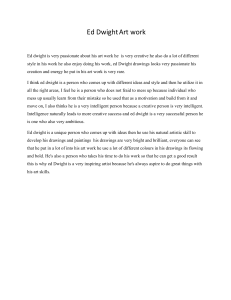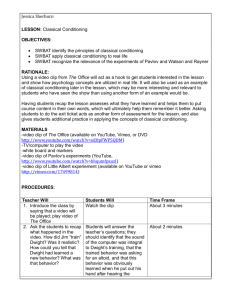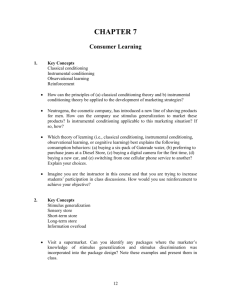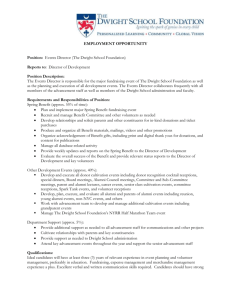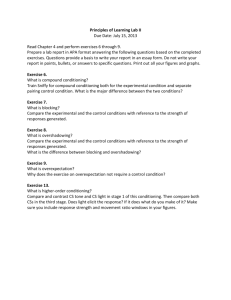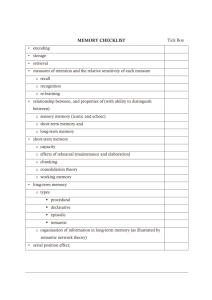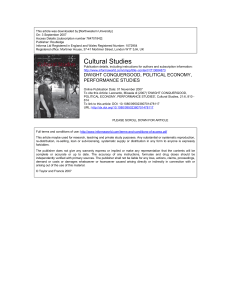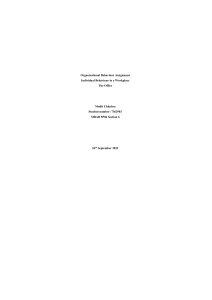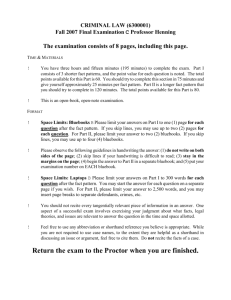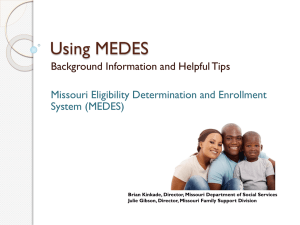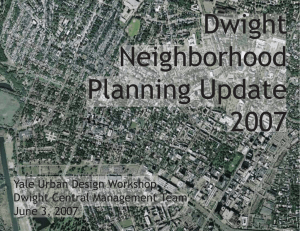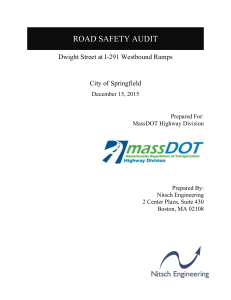Animal Behavior Worksheet
advertisement
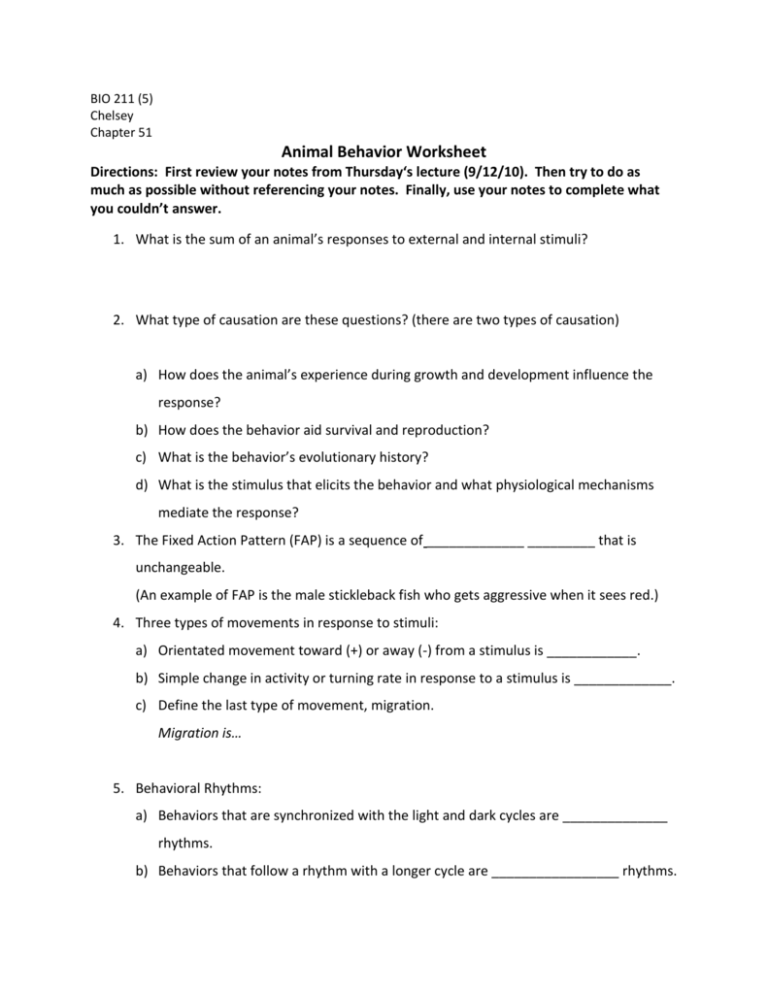
BIO 211 (5) Chelsey Chapter 51 Animal Behavior Worksheet Directions: First review your notes from Thursday‘s lecture (9/12/10). Then try to do as much as possible without referencing your notes. Finally, use your notes to complete what you couldn’t answer. 1. What is the sum of an animal’s responses to external and internal stimuli? 2. What type of causation are these questions? (there are two types of causation) a) How does the animal’s experience during growth and development influence the response? b) How does the behavior aid survival and reproduction? c) What is the behavior’s evolutionary history? d) What is the stimulus that elicits the behavior and what physiological mechanisms mediate the response? 3. The Fixed Action Pattern (FAP) is a sequence of _____________ _________ that is unchangeable. (An example of FAP is the male stickleback fish who gets aggressive when it sees red.) 4. Three types of movements in response to stimuli: a) Orientated movement toward (+) or away (-) from a stimulus is ____________. b) Simple change in activity or turning rate in response to a stimulus is _____________. c) Define the last type of movement, migration. Migration is… 5. Behavioral Rhythms: a) Behaviors that are synchronized with the light and dark cycles are ______________ rhythms. b) Behaviors that follow a rhythm with a longer cycle are _________________ rhythms. 6. Associative Learning: What kind of conditioning is each of the following examples? a) A rabbit eats a plant and finds it tastes very bitter, the next time that rabbit sees that plant it chooses to not eat it. b) On the show, The Office, Jim does an experiment with Dwight. He turns off his computer (it makes the same sound every time) and he offers Dwight an Altoid. After a lot of repetition, Jim turns off his computer but doesn’t offer Dwight the Altoid. Dwight automatically puts his hand out to receive an Altoid and then mentions the funny taste of his mouth. What type of conditioning has Dwight undergone? Answer Key: 1. Behavior 2. a) Proximate b) Ultimate c) Ultimate d) Proximate 3. Unlearned acts 4. a) Taxis b) Kinesis c) Migration is a regular, long-distance change in location 5. a) Circadian b) Circannual 6. a) Operant Conditioning b) Classical Conditioning
